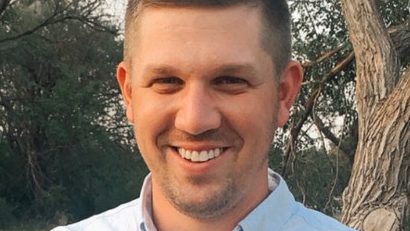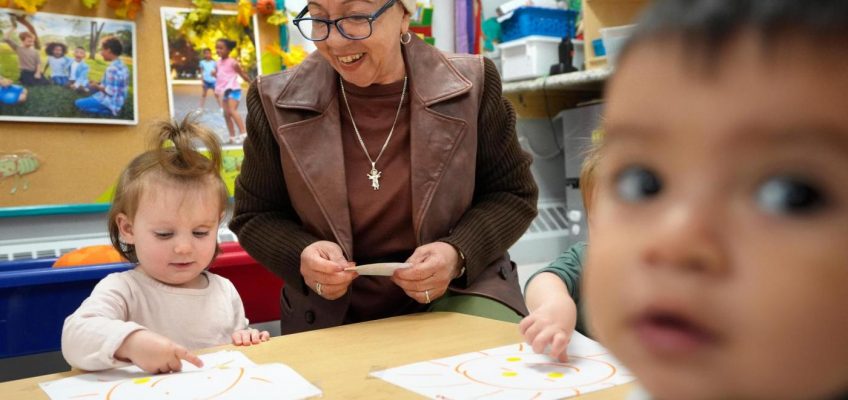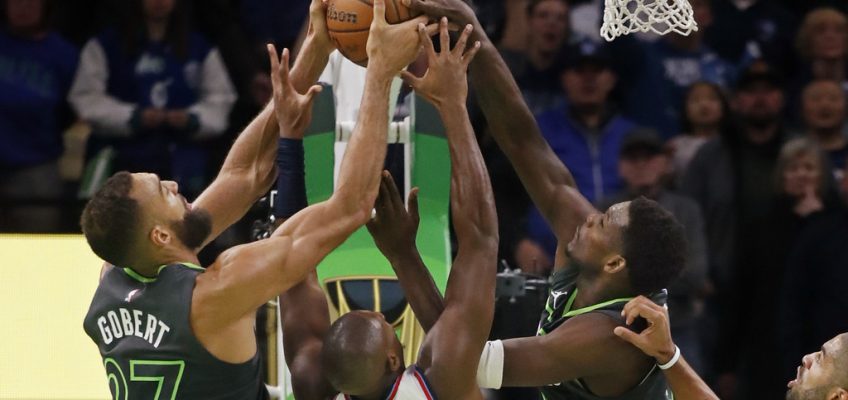Fourth-generation dairy farmer Luke Daninger of Forest Lake recently won the Minnesota Farm Bureau Federation Young Farmers & Ranchers Excellence in Agriculture competition and will represent Minnesota in the national competition in San Antonio next month.
Daninger, 34, is an agronomy sales manager with Ag Partners Coop in Goodhue, Minn., and works at his family’s farm, Autumnwood Farms, in Forest Lake. The 110-cow dairy has been in the family since 1902; the family built the creamery in 2008.
Luke Daninger, 34, will represent Minnesota at the national Young Farmers & Ranchers Excellence in Agriculture competition Jan. 24-29, 2025 in San Antonio, Texas. (Courtesy of Luke Daninger)
“Farming requires being nimble and thinking outside the box in terms of what you can continue to improve,” Daninger said Thursday. “We started the on-farm micro-creamery with that in mind, essentially to market direct to consumer. It’s going well. We’ve been fortunate and continue to steadily grow the business. Other than COVID, we’ve had a steady growth trajectory.”
Autumnwood Farms has an on-farm store and its products are sold in retail grocery stores and coffee shops. It also has some ice cream partners as well, Daninger said.
The Young Farmers & Ranchers Excellence in Agriculture competition is “designed as an opportunity for young farmers and ranchers to earn recognition while actively contributing and growing through their involvement in Farm Bureau and agriculture off the farm,” Farm Bureau officials said.
Participants are judged on their involvement in agriculture, leadership ability and involvement/participation in Farm Bureau and other organizations.
Daninger, vice president of the Washington/Ramsey County Farm Bureau, helps to promote agriculture through tours of Autumnwood Farms both for consumers and legislators, Farm Bureau officials said.
He will represent Minnesota at the national Young Farmers & Ranchers Excellence in Agriculture competition, held Jan. 24-29, during the American Farm Bureau Federation Annual Convention in San Antonio.
Daninger also received a $500 cash award, an opportunity to participate in a Minnesota Farm Bureau Federation “Farmers to D.C.” trip, and paid registration and lodging for the 2025 Minnesota Farm Bureau Federation’s annual Leadership, Education, Advocacy and Promotion (LEAP) Conference.
Related Articles
Ramsey, Washington and Dakota counties all seek property tax levy hikes
St. Paul man gets 24 years in federal prison for carjacking woman in Arden Hills, two other crimes
Woodbury man given probation for stealing over $20K from Egg Roll Queen food truck
Woodbury: Boy, 16, pulled from Markgrafs Lake remains in critical condition
Stillwater Twinkle Party and tree lighting set for Saturday




